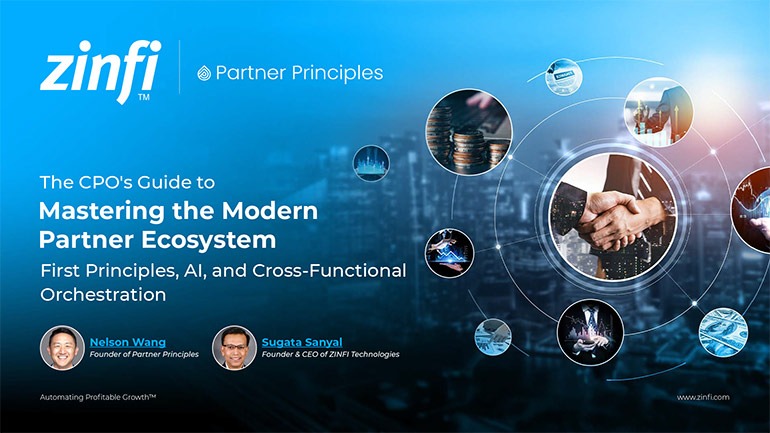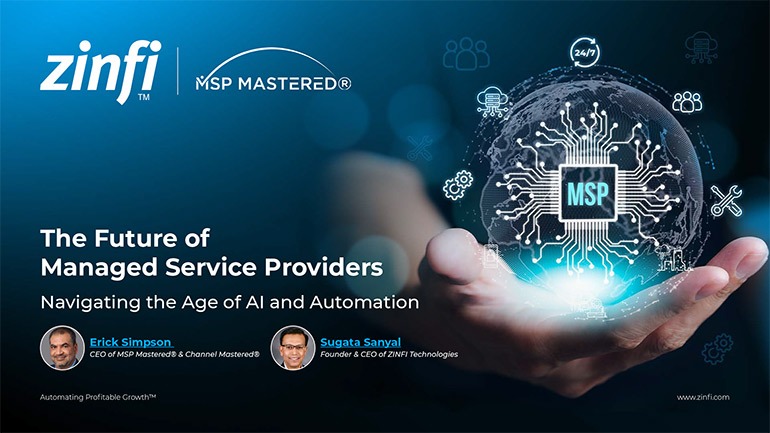Best Practices Articles

Deal Registration Software Drives Partner Satisfaction
Companies selling through the channel, especially in the technology segment, need to make sure that a potential end buyer is not being approached by multiple partners unnecessarily. While competition is healthy, end customer satisfaction is paramount. Therefore, most organizations with a distributed and mature channel deploy deal registration software to protect specific deals for specific partners.
This eliminates a potential waste of resources. More importantly, it increases satisfaction among both customers and partners. In this article, we will explore a few ways a deal registration software can be deployed.
Before an organization deploys deal registration software, it is essential they identify the specific criteria required for deal registration. These criteria may focus selected business verticals, partner specialization aligned with those verticals, deal value, and the total number of deals or distribution of deals in specific geographical locations.
In addition to setting such parameters, the vendor also needs to think through the deal registration process itself. For example, if the organization has a direct sales force but also sells through the channel, then it is essential to determine who will have preference based on specific criteria.
Sometimes channel partners will pursue certain prospects, only to learn the vendor’s direct sales force has taken a specific deal away. Once this happens, partners may not only complain about a conflict with the direct sales force, but also may actually stop selling certain products and services into a specific segment or to the overall market place. Therefore, it is essential for organizations that have a direct sales force but also sell through the channel to clearly identify on what basis a deal may be protected either for the direct sales force or for a partner.
In some cases, a deal may also have to be reviewed by multiple individuals within the organization who have the power to approve or reject a specific deal. This escalation process may be a function of deal size, deal complexity, requirements for additional resources, special prices, a special bundling request, or perhaps post-sales support and training. Again, in order for deal registration software to fulfill its purpose, the organization must clearly define the escalation process before implementation.
Once market parameters, partner criteria, deal protection logic and the review process have been clearly defined, this information should be communicated to both internal and external stake holders – including all partners. This process needs to be completed transparent, and the organization will need to ensure both internal and external staff are fully trained. A partner organization may have to be properly incentivized, provided with appropriate training and monitored for adherence to the overall program.
In some cases, a deal registration program may evolve over time or may change on a bi-annual or an annual basis, or when certain new products are launched or acquisitions are made. In these scenarios, the deal registration software will have to be dynamic enough to address special business needs both in short- and long-term frameworks. Remember, the goal of automation is always to reduce friction between the vendor and the partner and make it easier to do business by making the entire process transparent, repeatable and reproducible.
Finally, properly designed and deployed deal registration software can also provide an array of analytical measures to show both the vendor and its partners how well the entire program is working. By addressing what is not working, and properly reconfiguring the deal registration program, process and software, an organization can remain flexible and dynamic, and stay relevant to its own business needs as well as the needs of its partners.
Because it can address core business needs and partner interests in a highly dynamic and realistic way, properly configured deal registration software is a great tool for increasing partner performance and satisfaction.
Best Practices Guides
 First Principles Drive Modern Partner Ecosystem Success Best Practices
First Principles Drive Modern Partner Ecosystem Success Best PracticesDownload for FREE
 The Future of Managed Service Providers: Navigating the Age of AI and Automation
The Future of Managed Service Providers: Navigating the Age of AI and AutomationDownload for FREE
 Modernizing Channel Marketing: AI and Ecosystem Enablement Best Practices
Modernizing Channel Marketing: AI and Ecosystem Enablement Best PracticesDownload for FREE
 The Channel’s Shift to Partner-Led With AI Best Practices
The Channel’s Shift to Partner-Led With AI Best PracticesDownload for FREE
 Hyperscalers, ISVs, and AI: Shaping the Future of B2B Software Distribution
Hyperscalers, ISVs, and AI: Shaping the Future of B2B Software DistributionDownload for FREE
 Definitive Guide to a Partner Ecosystem-First Sales Strategy
Definitive Guide to a Partner Ecosystem-First Sales StrategyDownload for FREE
 The Partner-Led Digital and AI Transformation Best Practices
The Partner-Led Digital and AI Transformation Best PracticesDownload for FREE
 Startup Talent Recruitment: Hiring Missionaries, Not Mercenaries
Startup Talent Recruitment: Hiring Missionaries, Not MercenariesDownload for FREE
 The Future of Partner Relationship Management with AI in Partnerships
The Future of Partner Relationship Management with AI in PartnershipsDownload for FREE
 Cybersecurity for the 99%: Strategies from the Frontline
Cybersecurity for the 99%: Strategies from the FrontlineDownload for FREE
 Mastering Partner Relationships: A Strategic Approach to Business Growth
Mastering Partner Relationships: A Strategic Approach to Business GrowthDownload for FREE
 Mastering Partner Relationship Management: Keys to SaaS Channel Success
Mastering Partner Relationship Management: Keys to SaaS Channel SuccessDownload for FREE